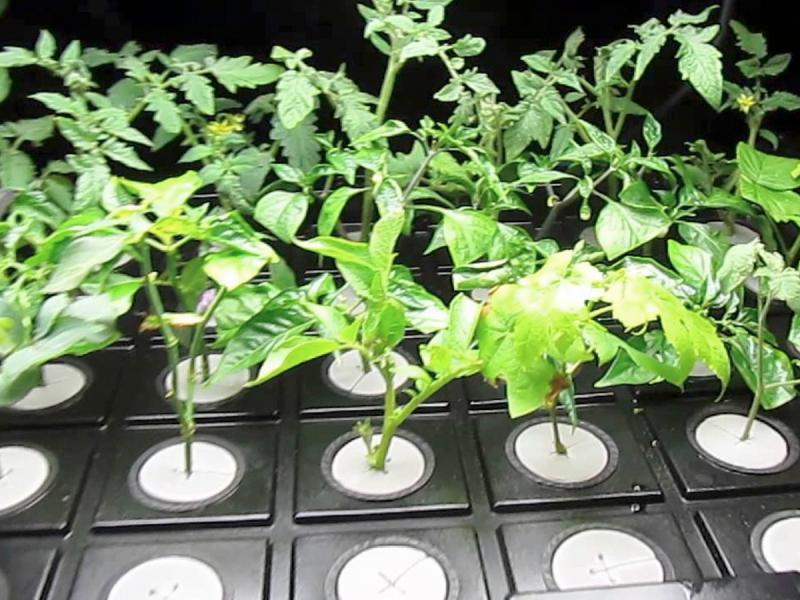Cloning garden plants is becoming more popular, but is it natural? There are already many natural clones that are born to mammals; in humans, they’re called identical twins. Since identical twins are created when a fertilized egg splits, each of the two or more embryos carries nearly identical DNA.
Growing new plants that are genetically identical to the mother plant is called vegetative propagation, asexual reproduction, or more generally, cloning. Because the new plants will have the exact genetic makeup of the mother plant, when you root cuttings, you are cloning.
Almost every plant can be cloned, and the main reason to clone is that the new plants will be nearly identical to the parent plant. Cloned commercial crops might even ripen all at the same time for easier picking. Most potatoes are grown from pieces of other potatoes, so they are really clones. Using cuttings from old grape vines means that many European cultivars of wine grapes are genetically exactly the same as those grown 2,000 years ago.
In the garden, as in life, if you want good children, choose a good mother. The mother plant is where you will harvest your cuttings. Choose a healthy mother plant that has all of the qualities you want in the offspring, such as large flowers or early fruit, or just to have more plants of a kind you already like.
Besides the old methods of rooting cuttings, there are now specially designed cloning machines for gardeners and small growers. Many use an aeroponic cloning system where cuttings are actually suspended in midair and constantly sprayed with a mist of highly oxygenated water. The way these usually work is through a submerged pump that drives a nutrient solution into low-pressure misters. These machines create a sustained, even mist that is uniformly sprayed onto the cuttings. Because the cuttings can uptake all of the moisture they need directly from the mist, you do not need a humidity cover or greenhouse. This cloning method can start to produce results in as few as five days. Many of these misting systems report a nearly 100 percent success rate in rooting cuttings, and they can take about half the time of soil-based rooting systems. After just 10 to 14 days, the cuttings will be completely rooted clones ready to transplant into pots or directly into the garden.
To take cuttings for cloning, sterilize garden clippers in alcohol to prevent disease. Make a clean cut just below a node on the stem. Your cuttings do not need to be long; six inches is fine. Longer cuttings dry out quicker and actually grow more weakly than short cuttings. Remove any flowers and all but two leaves. If you keep too many leaves, the cutting might lose too much moisture. You can even cut large leaves in half if they are too big for the rest of the cutting.
Cloning lets you grow an almost endless supply of expensive or otherwise hard-to-root plants such as blueberries (Vaccinium corymbosum), Rhododendron Britannia, or perhaps one of your own breeding.
And if you can ever genetically replicate ice skater Dorothy Hamill, you will have created the first ice queen clone.




















































